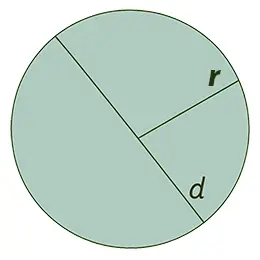In the construction industry, precision and reliability are paramount. Every building project demands strategic planning, meticulous design, and the flawless execution of technical measurements. Professionals, whether handling practical or theoretical assignments, must ensure that every calculation—including computing a trapezoid’s area—is conducted with exactitude.
Experts are expected to execute detailed computations using proven formulas, such as the trapezoid area calculation formula. Considering the variety of trapezoids—right, isosceles, and irregular—specialists should be adept at determining the area either by using all four side lengths or by employing dimensions like base and height.
A trapezoid is a quadrilateral defined by one pair of parallel sides, commonly known as the bases, while the remaining two sides are called the legs.
The bases of a trapezoid are its two parallel, yet non-identical, opposing sides.
The height of a trapezoid is the perpendicular distance between its two bases. In the case of a right trapezoid, this height coincides with the leg that forms a right angle.
Trapezoids are categorized into right, isosceles, and scalene types—with some even featuring curved edges—all of which require precise area calculations.
Our online trapezoid area calculator is designed to simplify the process for professionals in construction and related fields. It enables you to calculate the area of both right and isosceles trapezoids quickly and accurately, minimizing the risk of manual mistakes. Simply enter the required dimensions, and the calculator will process the details using reliable, exact formulas.
This advanced tool not only delivers immediate results but also displays the underlying formulas, providing the flexibility to choose between calculations by four sides, by base and height, or through alternative measurement methods such as using diagonals with an angle or the radius of an incircle.
In summary, our online trapezoid area calculator is an indispensable resource for builders, architects, and engineers who require precise area computations for various types of trapezoids. Whether you are working with a right, isosceles, or uniquely shaped trapezoid, our tool provides accurate, real-time results to support your construction projects.












